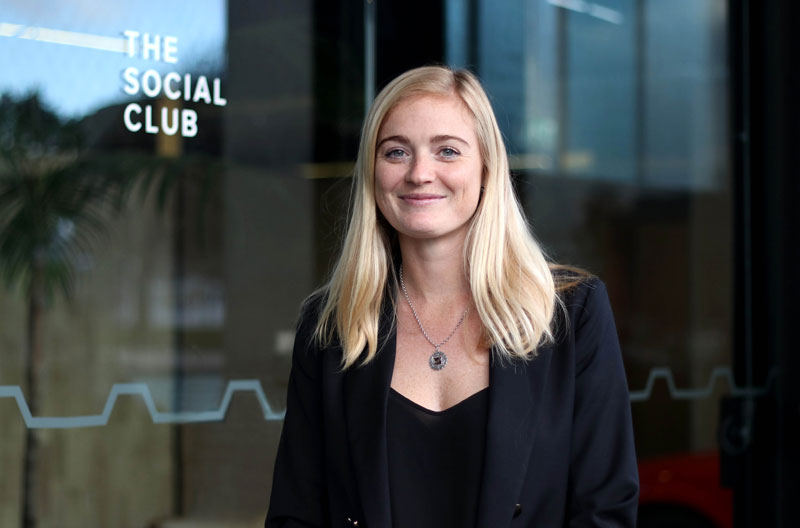AUCKLAND, Today: The Social Club (which claims it’s NZ’s largest influencer marketing agency) has just released a study into the influencer marketing sector in NZ – including some global stats.
The study has been designed to give readers, industry players and advertisers insights into the industry, such as industry averages, growth and best practices.
The study was conducted using data from The Social Club’s 3000-plus influencer campaigns, as well as surveys with the country’s agencies, brands and influencers.
The Ultimate Guide to Influencer Marketing in New Zealand covers the growth of the local industry, an overview of the brands and influencers engaged in the practice, global influencer updates, as well as a look at the Facebook and Instagram platforms themselves.
One of the most interesting findings from the study was the makeup of New Zealand’s influencer community, with nano (1000-5000 followers) and micro (500015,000 followers) influencers making up more than 70% of the group. Mid-tier influencers (15,000-50,000 followers) represented 19% of the community, with macro influencers (50,000-plus followers) coming in at 8%.
Meanwhile, the study also found the average campaign size took a significant leap in 2018, growing from $6600 to $11,700 – marking a 77% growth in average campaign size across full service, social sampling and influencer generated content campaigns.
And that figure looks set to rise even higher, says The Social Club ceo Georgia McGillivray with nearly half of the surveyed brands intending to increase their influencer marketing budgets going forward. More than a quarter of brands also said they intend to spend a third of their total marketing budget on influencer marketing. Only 3% of those surveyed planned to decrease their budgets.
“The biggest surprise for us in this study was the 100% growth of average spend per campaign year on year.”
The surveyed companies also considered their influencer marketing budget as money well spent, with more than half labelling the process as “Very Effective” for their brand. More than 80% of brands agreed it was “Effective” or higher.
Being a relatively new phenomenon, there have been some teething problems in the industry, with 34% of the surveyed brands saying finding and approving influencers was their biggest challenge in the process. Another 24% cited reporting and analysing results as their greatest challenge, while 21% said time constraints were their main stumbling block. Thirteen percent said managing contracts, deadlines and content approvals was their main issue.
And when it comes to the all-important hashtag denoting an ad disclosure, 41% of brands favoured using #collab, with 21% preferring #sponsored and 20% opting for #ad.
As far as the influencers themselves go, 89% were paid for their campaign involvement while 11% were paid in product.
Georgia McGillivray, recently named in The Drum 50 Under 30: outstanding women in creative and digital, says that it was during their review of their extensive internal data that they realised how beneficial the information could be for outside parties.
“As the market leaders in the industry in New Zealand we have a lot of insight and data that helps us get the best results for our clients,” she said.
“We decided we wanted to add value to our audience by giving them access to this information, to upskill themselves and become more knowledgeable on the industry itself, which in turn should hopefully grow the industry and the knowledge around it.
She says pulling the data together produced some surprising results.
“But the biggest surprise for us in this study was the 100% growth of average spend per campaign year on year.
“The majority of The Social Club’s findings have in some way changed our approach to working with clients and running influencer campaigns. Part of our strategy is to use our existing results and data to make more informed decisions in the future, and this exercise has definitely assisted with this.”
The Social Club intends to release a new version of their influencer marketing white paper annually with updated data based on their campaigns and insights from the previous 12 months.
- Obtain the full Ultimate Guide to Influencer Marketing in New Zealand free here: thesocialclub.co/blog
- www.thesocialclub.co
Share this Post



